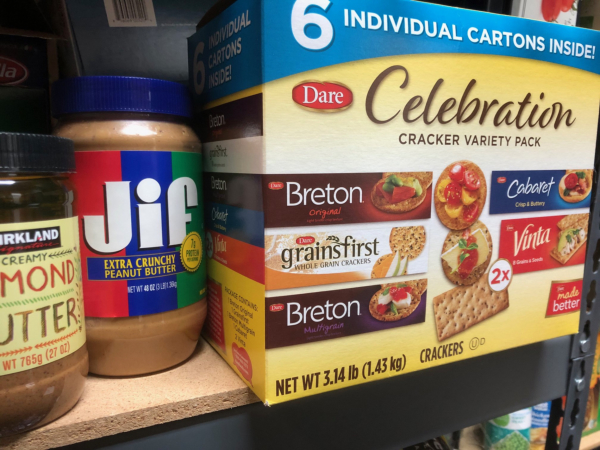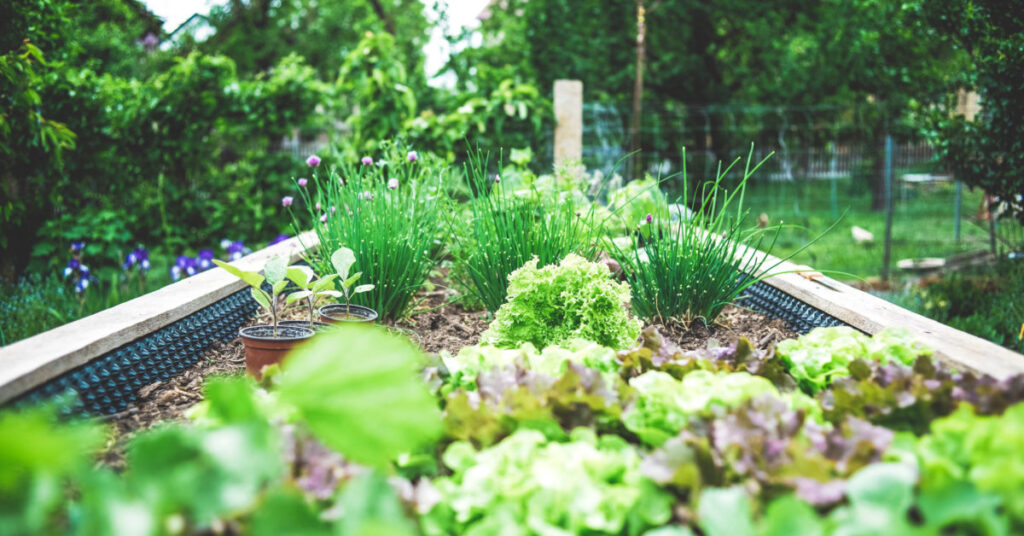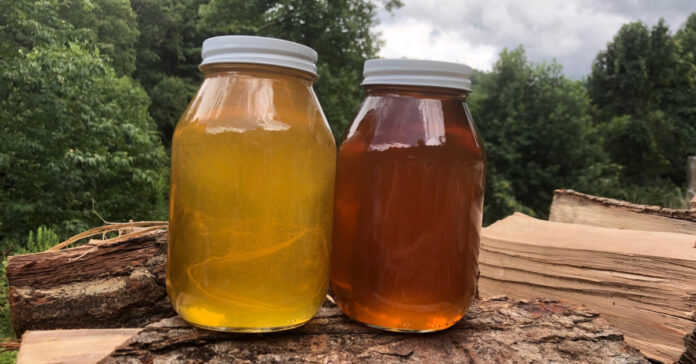Over the past three days, we harvested another 125 pounds of honey. I now have more than 50 pounds bottled and ready for sale, plus close to ten gallons in five-gallon pails. This allows me to fill any size bottle someone wants to buy. If they prefer a gallon or a quart, I can just fill it on the fly. The good news is that I bought so many bottles last month I have plenty to spare.
I also have five frames of honeycomb in the freezer and can thaw them out and slice them up to sell either comb honey or chunk honey. I store the frames in the freezer to keep the honey from leaking out. Freezing also has the benefit of killing any eggs or larva from hive beetles or wax months that might have made their way into the honey. (I haven’t seen any, but better safe than sorry.)
In the photo above, you can see the darker of honey we harvested from the spring pollen flow and the lighter honey that is from the summer honey flow. The bees made the amber honey while visiting spring flowers, blackberries, apple trees, cherry trees, locust, and tulip poplar. It has a very traditional honey flavor with floral tones. The lighter honey is milder in taste as well as color. Its lighter taste is followed by a spicy, tangy aftertaste. It’s a good choice for honey connoisseurs.
Any honey produced from this point forward will go to feed the bees over the winter.
Our hives produced 250 pounds of honey this year, which is about 345,000 calories’ worth. They have also netted me a few hundred dollars in sales and I have used some in barter. I plan to continue to sell more honey to help offset some of my equipment costs.
More importantly, I learned a few things this year and plan to adjust approach next year. Assuming the weather cooperates, I hope to harvest even more honey next year.
Calories and Survival
Frequent visitors know I emphasize what we call the Big Three of survival—food, water and shelter—and have been encouraging people to stock up on food for years. Creating a long-term food storage program is one of the best ways to be prepared for whatever disaster comes our way, from economic collapse or war to a natural disaster. Calories are critical to survival as you will grow weak, lethargic, and confused without sufficient food. The downside with storing food is that it will eventually run out. Raising food, however, gives you a fresh source of food each year. That translates into valuable calories you will need to survive.
I figure our chickens will produce 280,000 calories’ worth of eggs this year. So add together the eggs and honey, and we’ll produce 625,000 calories in a year, or just over 1,700 per day. If my wife and I ate only eggs and honey, we’d get about 850 calories each per day. Not enough to survive, but a good start. Add in our garden vegetables, the apples from local trees, some berries, the greens we can gather nearby, fish we catch, and any wild game, and survival begins to look possible. But that’s for two people. Those 1700 calories will be stretched pretty thin if we have eight people living here.
In our limited space, it would be difficult to produce enough food to feed eight people. Even if we doubled our honey harvest and had half a dozen female rabbits, we bred five times a year, that would only add another 1.3 million calories. That gives us close to a third of what we would need to support six more people. We would need to grow acres of potatoes or corn, and we just don’t have the land for that. As a result, we store hundreds of pounds of grains, beans, pastas, dehydrated potatoes, and many other foods.
Stored Food and Home-Grown Food
Our locally produced calories may not feed us (and I don’t want to live on eggs and honey), but they will be useful for barter and allow us to stretch our storage food. With flour, we can bake bread and other baked goods. With barley, lentils, beans and split peas, we can make hearty soups. We can make other beans into casseroles and chili. We can also sprout many of these items, increasing their nutritional value.

Butter will grow scarce for us after the SHTF, but we’ll be able to spread honey on our bread, biscuits, pancakes, etc. For example, two slices of whole wheat bread made with our storage wheat, two table spoons of peanut butter from our prepper pantry, and two tablespoons of honey from our hives results in a sandwich with close to 600 calories. You can hold it in your hand while on guard duty, pack it to take on a patrol, or just eat it for a meal. Those extra calories from the honey will not only enhance the taste, they will provide much needed energy. We can also use honey in baked goods, in barbecue and other sauces, in a glaze, in a salad dressing, and to sweeten herbal teas.
One of the best uses for eggs will be omelets or quiche with greens in them. Eggs are also good when mixed with rice, which we have stored in buckets. We’ll also be able to use the eggs, vinegar and oil to make mayonnaise, which we can use with our canned chicken or tuna to make chicken or tuna salad. Hard-boiled eggs are a source of portable protein for team members on patrol or working far from the homestead.
Raise Whatever Works for You
We have bees, chickens, and a small garden because we have limited space and an interest in beekeeping. Although I highly recommend chickens, you don’t have to follow in our footsteps. There are other livestock suggestions for preppers and homesteaders who want to be more self-sufficient.
For example, pasture-raised pigs can be an excellent source of protein and fat, both of which will be important in a survival situation. Best yet, a good sow can raise eight or more piglets and they can be ready to butcher in less than a year. That’s a good turnaround.
Goats are a frequent choice of homesteaders. One advantage over pigs is goats can be a source of dairy. A source of milk will allow you to produce a range of dairy products, including cheese, yogurt, and butter. This can significantly enhance your storage food by adding calories every day. Plus, you can slaughter and eat the excess male goats and any females that are barren or bad mothers.
I’ve never wanted a dairy cow, but if you have the space and enough people to consume all those dairy products, they might be right for you. I like the idea of a small herd, but it wasn’t unusual 150 years ago for a family to have a dairy cow.
Earlier, I mentioned rabbits, and they are high on our list simply because they take little space and can produce meat every few months. They are also quiet and their manure is great for your garden plot.
Every time I turn on YouTube, I see people raising all sorts of creatures, from ducks and turkeys to catfish and tilapia to buffalo. If you think emus are the answer to your post-SHTF food needs, I’m not going to tell you otherwise.

People are also raising vegetables in towers, in containers, in green houses and high tunnels. Others have multiple raised beds or long row gardens and put up quart after quart of summer produce. If you have sufficient land and the desire, go for it. The more food you can produce, the better.
Chickens and bees work for me, but I will admit bees are not for everyone. But I’ll trade you some of my honey or eggs for your pasture-raised pork or goat cheese. Now, or after the end of the world as we know it.








